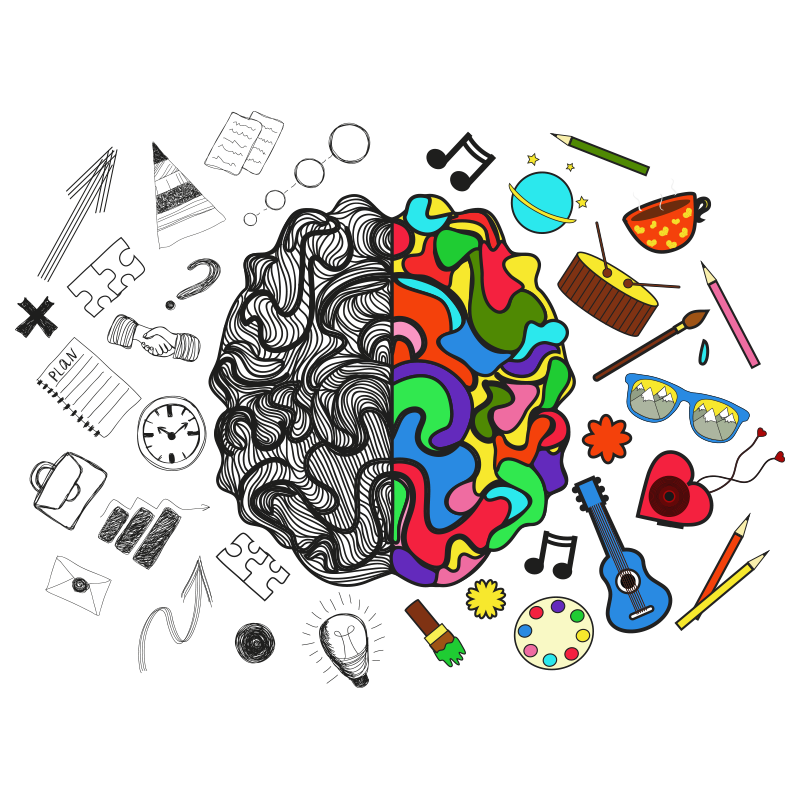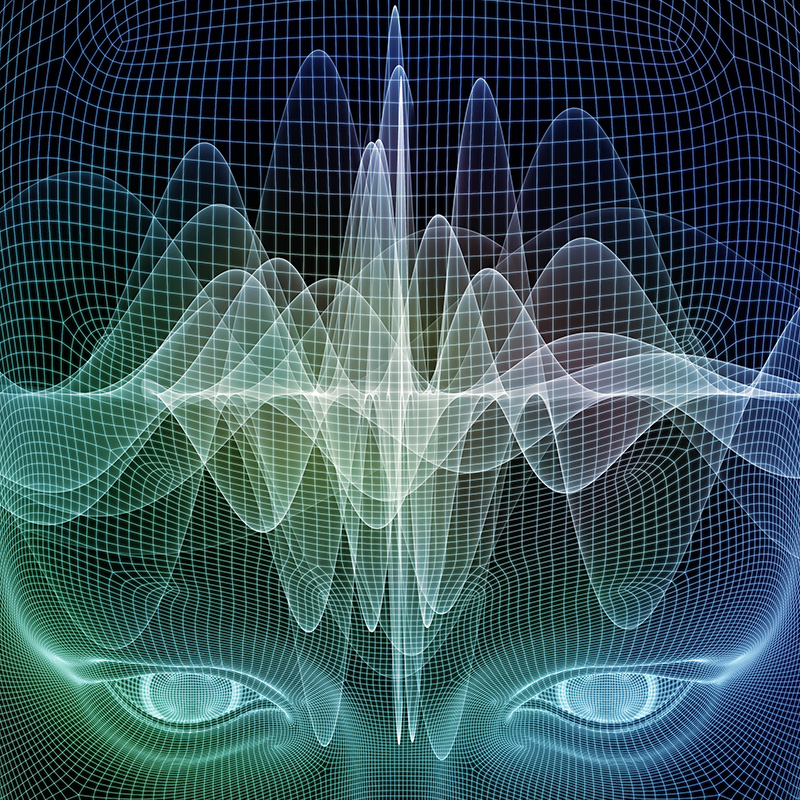Coaching and Neuroscience Certification
Here’s what we’ll be covering in the certification course:
1. The Neuroscience of Goals
- We will explore the concept of Cold Cognition.
- We will take a good look at creativity and how to enhance it.
- We will explore the Prefrontal cortex both as Einstein and as the night club bouncer.
- We will look at working memory, and how we motivate ourselves (or not).
- Also, how our brain projects us into imaginary futures to test them out.
- We will guard ourselves against the tricks and traps of thinking that we are prone make. These are what stop our creativity and clarity of thought.
There is a key distinction between the destination and the journey to a goal and how to avoid the stress, pain, and unhappiness caused by confusing them.
You will see goals – your own and your clients – in a new light and be much more effective working with them.


2. The Neuroscience of Values
We’ll delve into the complex relationship of emotions and values and learn about hot Cognition.
We will look at emotions:
- What they are,
- How they work,
- The role of the amygdala, the Amygdala Hijack.
We will see how the neurotransmitter serotonin works in happiness and depression.
We will explore the neuroscience of happiness. The brain produces two types of happiness. They are often confused with unhappy results!
Finally, we will dig into the neuroscience of emotional intelligence.
Understanding values and motivation will give you more power and insight in your coaching.

3. The Neuroscience of Beliefs
This is where we dive into beliefs and mental models.
- How do we learn?
- How are our beliefs formed?
- How can we change mental models at a neural level?
- What can we do to combat limiting metal models.
- How the brain circuits called ‘the interpreter’ work and how it can distort our thinking
We will look at the neuroscience of ‘shoulds’ and how to deal with that troublesome word.
(“It ain’t what you don’t know that gets you into trouble. It’s what you know for sure that just ain’t so.”)
Coming soon….
Working with Addictions
The neuroscience of decision making
Memory – the experiencing self and remembered self
The neuroscience of happiness
